Day four was the first time we used a campsite's indoor kitchen area with hotplates to boil water and make breakfast. We had a bit of time before the Aquarium opened at 10, and plenty of time before our afternoon ferry left. We knew that we at least wanted to visit there, and see the museum covering the eruption of eldfell with the excavation site, and take one last look at the southern tip of the island before we left.
The Aquarium

The aquarium itself was a highlight for the whole trip. This is where we learned that the bird we saw the evening before was actually a puffling. We also found that we could visit the three big museums for one reduced price, and since we were going to visit a second one anyway, we'd save money on the two alone. The third museum, described as a folk museum, was just a bonus.
The first room had specimens for all the birds native to iceland.
The second room housed a number tanks containing sea life from around the area. It isn't a huge aquarium, but the displays were nicely set up and seemed well kept.
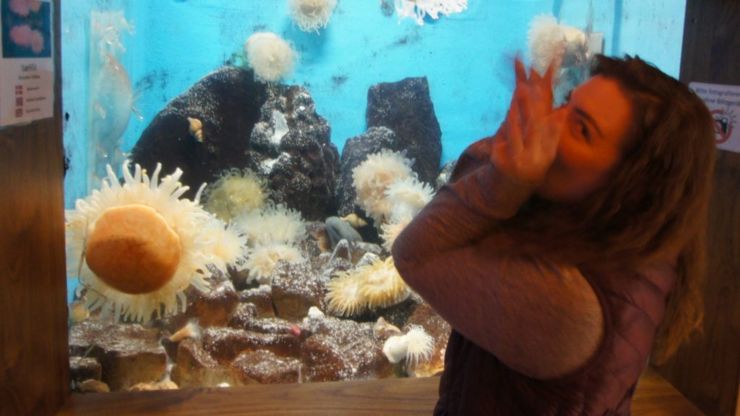 |
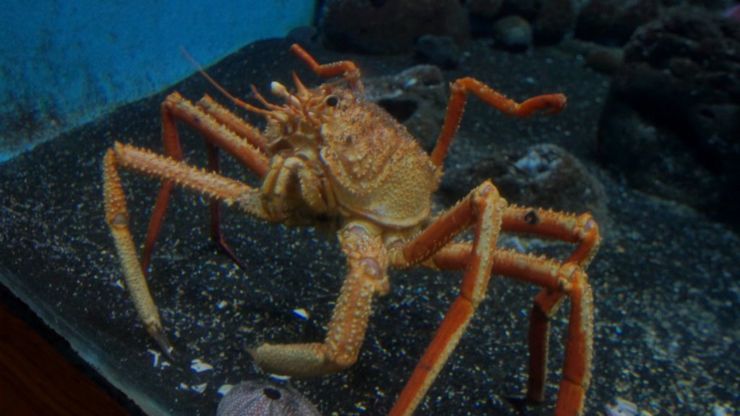 |
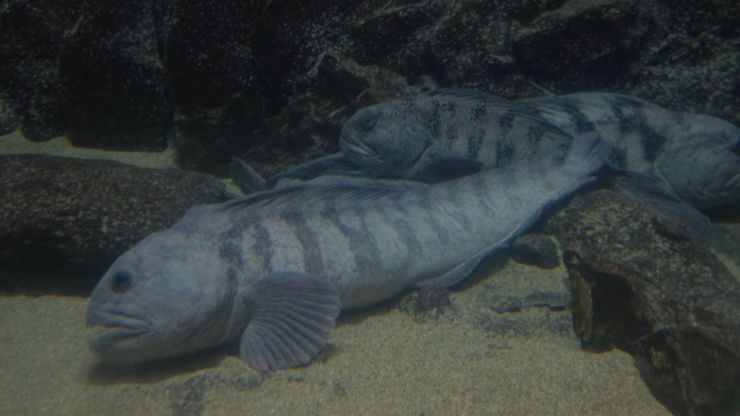 |
Hafdis the puffin
The best part of the aquarium was meeting their resident puffin, Hafdis. She had just recently joined the aquarium. Unfortunately, she had an issue where she couldn't produce the oil for her feathers to keep from soaking up water, so she couldn't be released into the wild. Instead she stayed at the aquarium as ambassador.
As Hafdis dried off from her morning bath, the curator there gave us more information on the history of caring for the puffins there, the program itself and the habits and nature of puffins.
The Volcanoe Museum

The mueseum shows what they've recovered from there, and tells the story of the eruption, before, during the months of and after, showing the change on the island as a result.
When first arriving you are given a pair of headphones and a small phone programmed to be aware of your location relative to the exhibits, which then feeds you the audio for that area.
There are several interesting ways of interacting with the exhibits, including a table where you use a joystick to look around the excavation site, and a giant table to be spun that presents projection on the table that scrolls through the timeline of the eruption and key events.
Later, a table that projected things into a sandbox if you dug in certain areas, and some puzzles to reconstruct images from events in the timeline.
The whole building seemed to quite large, especially compared with the aquarium that we'd just visited, and very modern too. They seemed to be expanding on the second floor as well, a new exhibit dedicated to the nearby islands and geology of the area being almost finished.
The Folk Museum
We had some trepidation visiting the folk museum, expecting a bit of folk art.
Instead, when we arrived at Sagnheimar, we immediately saw that it was a local history museum, showing the history of the people of the island, with the various people who had immigrated there, an exhibit about the pirate invasion that claimed half the lives of the people there, some info about the sporting heritage, their yearly festival, and then a second half of the layout dedicated to the fishing heritage of the island, showing the evolution of the boats and fishing methods used up to the modern day.
It paled a bit in comparison with the interactive exhibits at the volcanoe museum and the live puffin at the aquarium, but was quite a bit better than we expected going in, and helped fill in a lot of the blanks about the area that might be overlooked if you only came for the puffins or the volcanoes.
Back to the south
After visiting the folk museum, we had some time before the ferry left, so we went back to the southern penninsula, hoping to see another puffin at the cliffs there.
There are several miles of trails, but the only animals we saw at the cliffs were seagulls, and the sheep grazing the fields nearby. The flock of geese we saw in a field nearby caused me to grab at my longer lens, but by the time I'd put it on the geese had decided to come up close to meet us anyway, likely expecting to be fed.
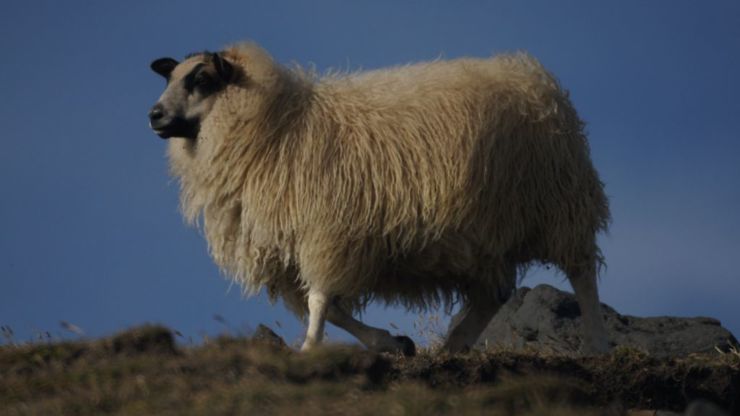 |
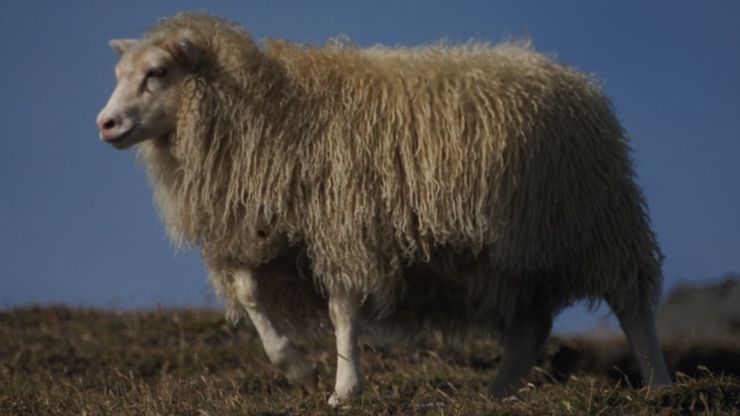 |
 |
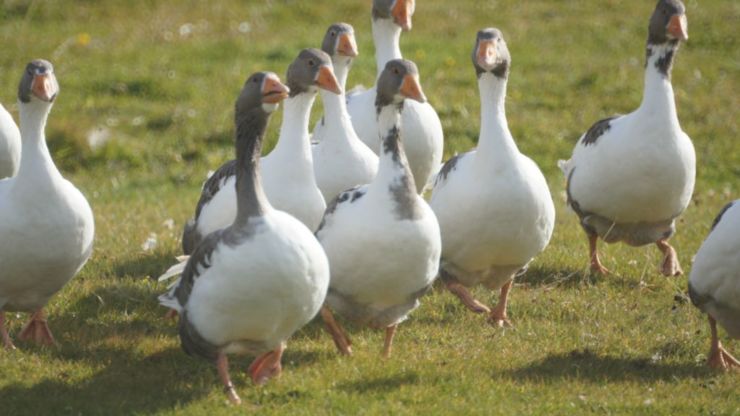 |
||
Since the wind had died down a bit from the night before, I took the opportunity to send the drone on a quick lap of the cliffs, keeping quite low as there was an airport flight path nearby, though the airport itself was behind a mountain.
We turned back north toward the ferry, and returned to the elf village, this time for a flight around the cliffs there. Keeping quite low beneath the cliff ridgeline, I took a look at the coastline there, heading back over what I now understood as the lava fields from the Eldfell eruption.
We then took the ferry back to the mainland, and made our plans for the evening and the next day.
There was a campsite not far from where the ferry lands back on the mainland, halfway between the town we wanted to backtrack to for fuel and supplies, and the waterfalls and hot springs we wanted to visit the next day.
The wind had been steadily picking up back on the mainland, and we needed some shelter, a slight worry in the back of my head kept nagging at me that the profile of the car plus pop up tent looked an awful lot like a sail.
We checked in to Hellisholar, which seemed more like a resort that happened to have spots for campers, rather than a regular campground. There was no kitchen, so we were forced to improvise a space out of the wind, but there was a spacious pair of well kept bathrooms, and a hot-tub which we made good use of.